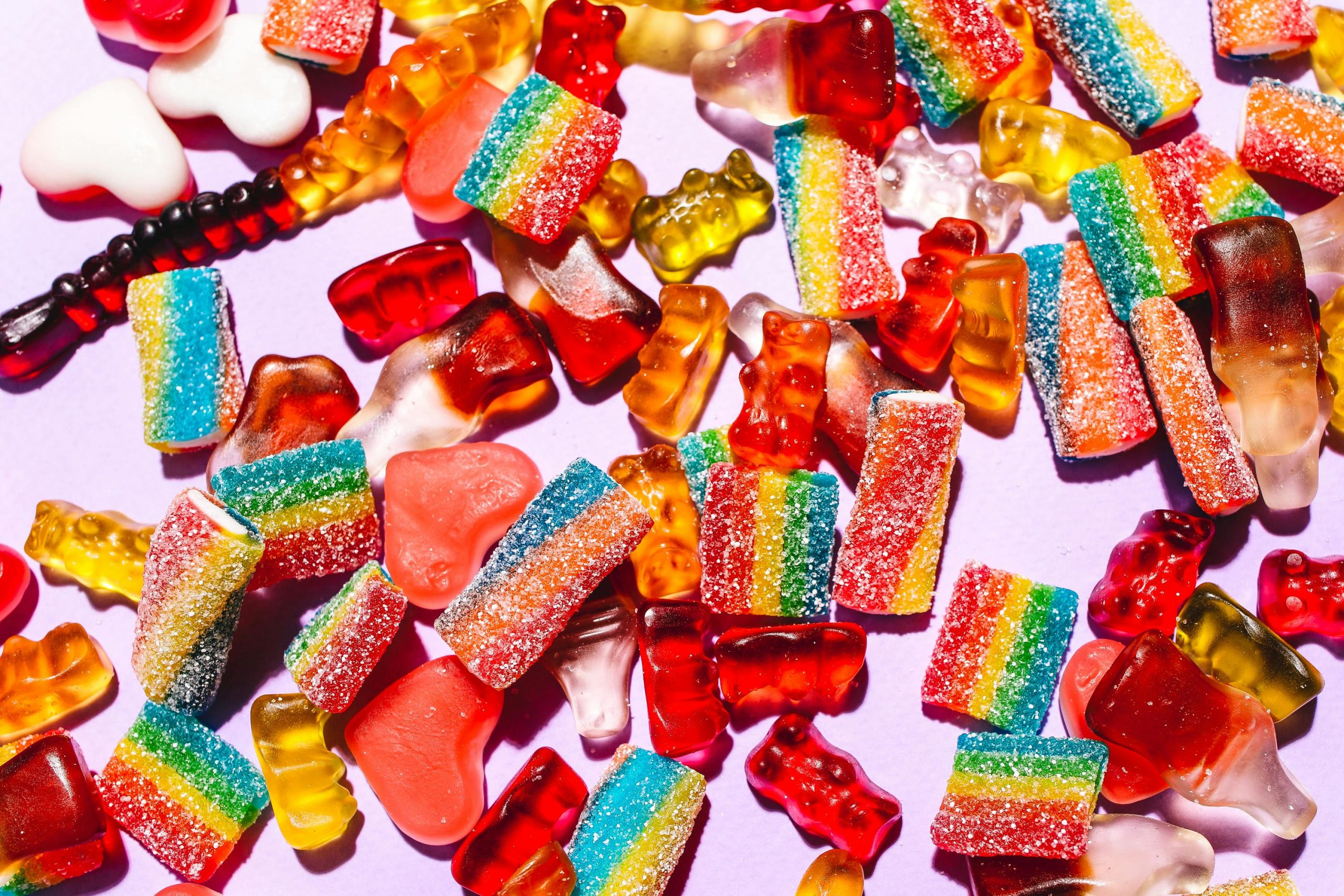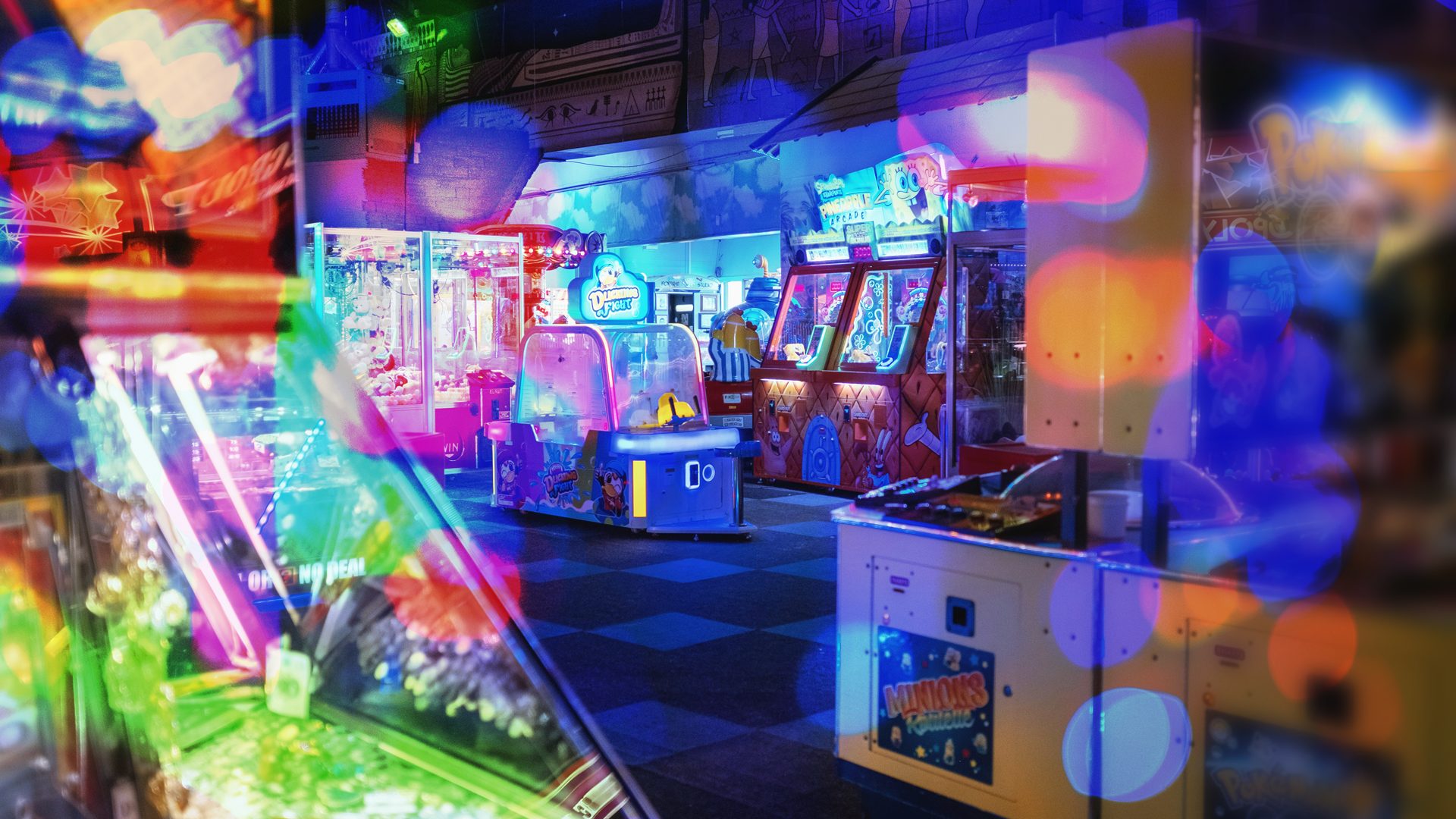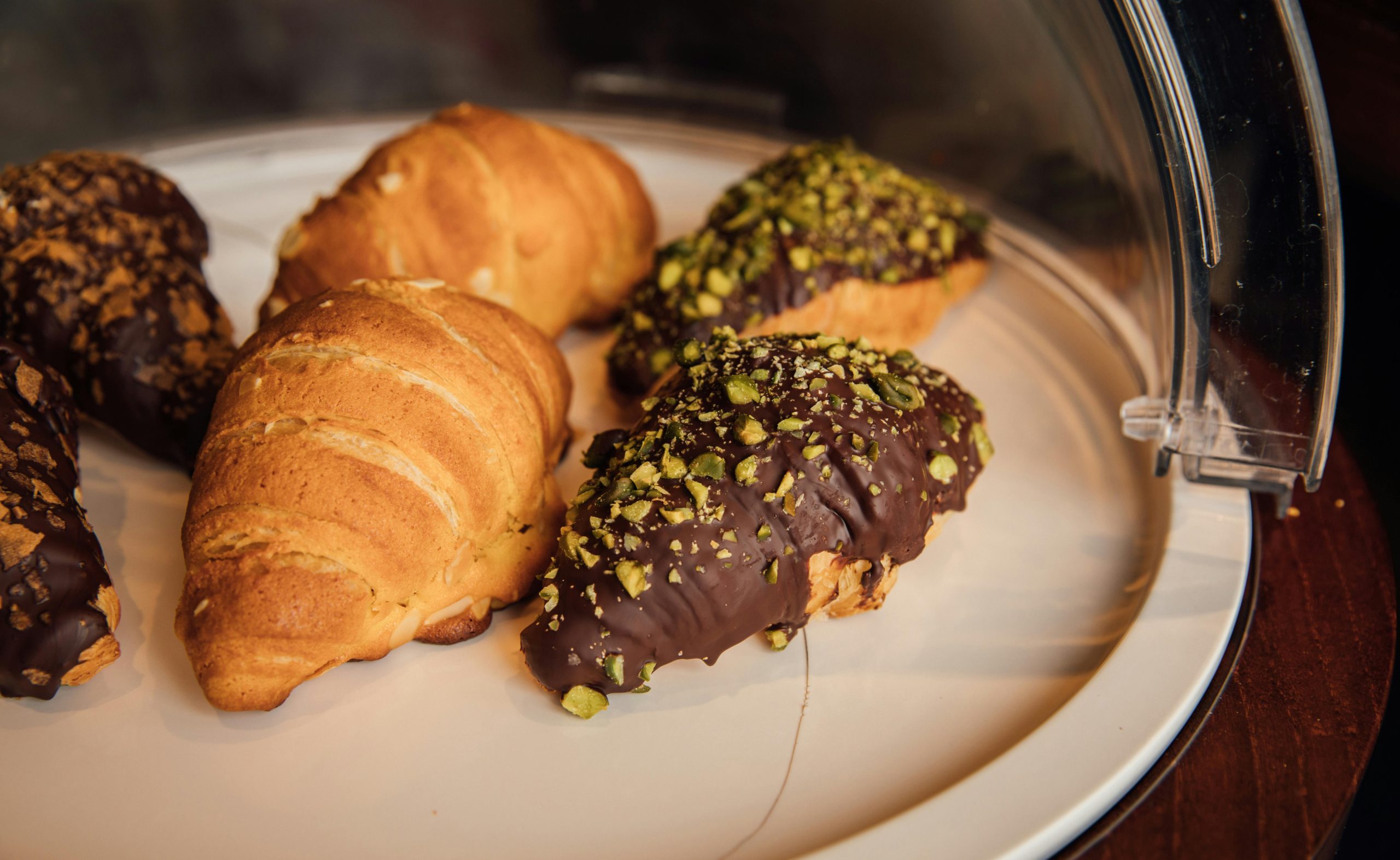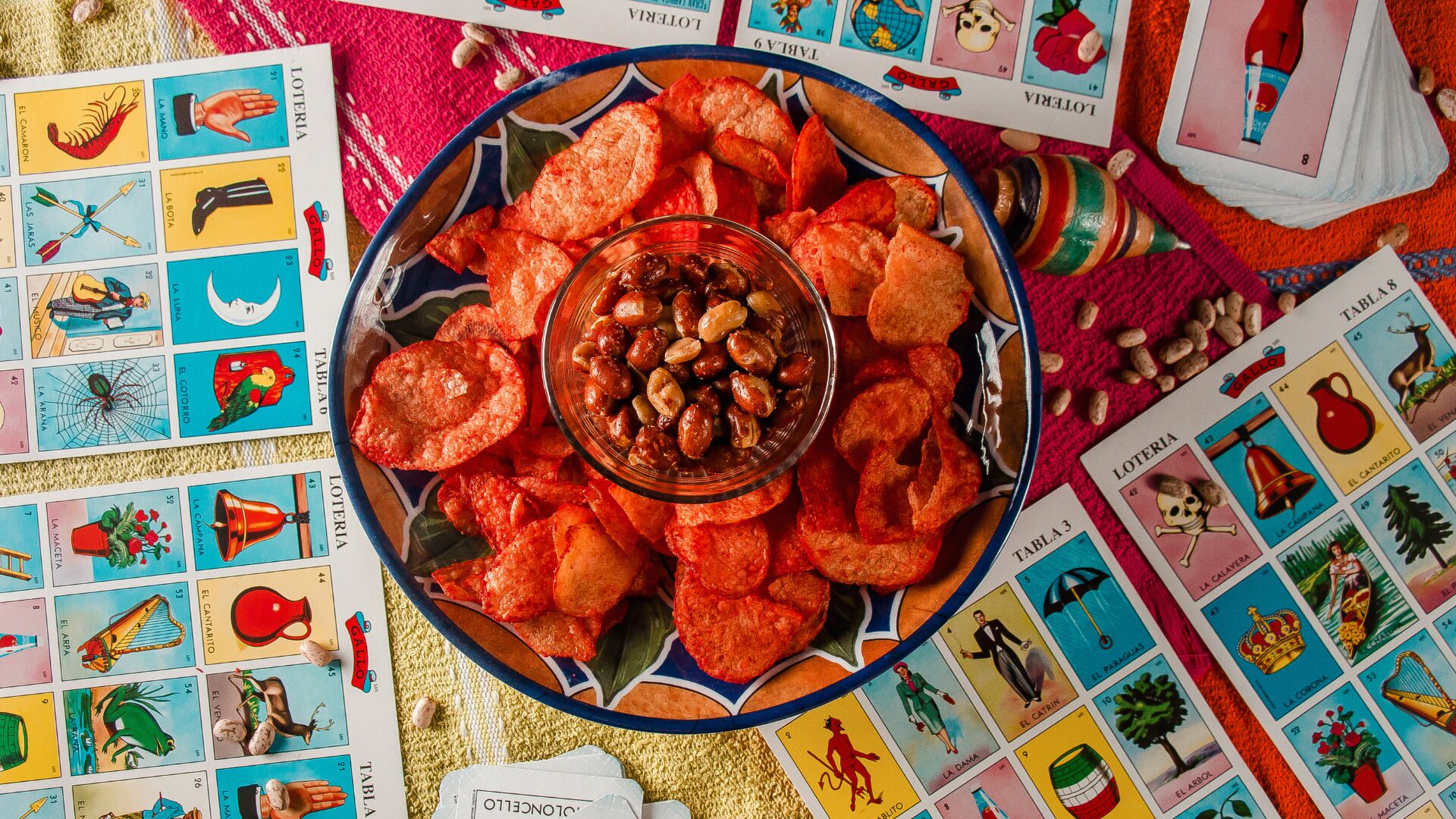Andrea Hernández started her Snaxshot newsletter with a singular focus: analyzing the “performative snacking” phenomenon.
Hernández says Millennials and Gen Zers have turned the trend into a new form of the “lipstick effect,” a theory contending that consumers will be more willing to buy less costly luxury goods when facing an economic crisis. For example, instead of buying designer bags or fur coats, they’ll buy expensive cosmetics like high-end brands of lipstick… or premium snacks.
In a recent LinkedIn post, she dubbed Millennials the “snacking generation” that went from “trading snacks in the playground (assigning value to them based on brand perception, i.e. Dunkaroos vs. Ritz)” to “transforming the entire pantry aisle based on ‘vibes’ and ‘aesthetics’ as adults.”
Let’s examine the motivation behind performative snacking – and actionable ways brands can capitalize on the trend.
Values and Identity
“Today, Millennials and Gen Zers put greater importance on how brands make them feel than the performance features promoted on products. They want brands that reflect their shared values and beliefs as part of their social communities,” said Jean-Pierre Lacroix, founder and president of Shikatani Lacroix Design, an agency that’s collaborated with the likes of PepsiCo and Kraft-Heinz.
Missy Maher, Head Foodie, USA, at Zeno Group, highlighted that nearly 30% of Millennials said “personal alignment” was a top purchase driver, almost double that of Boomers, in Zeno’s Brand Love + Demand study, which also revealed that 57% of Millennials said they buy from brands that “reflect their identity,” compared with 48% of Gen Xers and just 32% of Boomers.
“For Millennials, a snack isn’t just a snack – it’s a statement. The key for snack brands trying to be part of their next restock? Go bigger than flavor. Millennials fall in love with brands that make them feel understood, on-trend, and aligned with their values,” Maher told FI.
Status Symbols
In addition to extensions of their personal values and identity, many young consumers view brands as symbols of their social status.
“Brands have always been status symbols, even in food and beverage; consider how holding a Starbucks cup signals something different about you than holding a Dunkin’ cup,” said Meredith Post, Creative Director at Landor.
“Social media, and the rise of the influencer, has supercharged the desire for validation around new, niche, or limited-edition products, pushing the boundaries of how ‘VIP’ a product drop can make you feel. It’s how consumers now signal their ‘in-the-know’ status and grab their microdose of joy,” Post told FI.
So, how can brands cater to this audience?
Branding and Packaging
One way to capitalize on the performative snacking phenomenon is to level up your packaging.
“What we keep in our kitchens is now content,” said Nicole Pomije, co-founder of PitchPeach.co and founder of The Cookie Cups, a line of at-home baking kits.
Pomije says that, for brands like hers, the question has become: Does your packaging deserve a spot in someone’s picture-perfect pantry?
“If your product doesn’t look good in a bin or on a shelf, it’s probably getting left behind. That’s why The Cookie Cups baking kits are designed to be as cute and functional as they are fun, because when a parent shares that perfect pantry shot or unboxing moment, that’s modern-day word of mouth,” Pomije told FI.
“The best snack brands feel like they belong to a community. They’re speaking directly to a busy mom, a kid with allergies, or a health-conscious teen and they do it with honesty, creativity, and joy. The ones that are winning are combining bold visuals with a clear mission. Think bright colors, clever names, clean ingredients, and packaging that doesn’t get lost in a sea of sameness,” added Pomije.
The Food Institute Podcast
It’s a big world out there – what trends are percolating on the global scene? JP Hartmann, director of Anuga, joined The Food Institute Podcast to discuss the intersection of U.S. and international trends and how the Anuga show is one not to miss.










